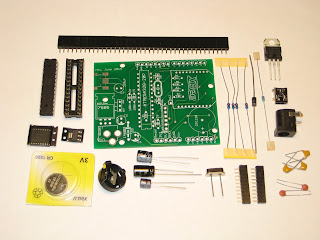How to Interface 4*3 Keypad With Arduino

In this article, we will find out how to interface a matrix keypad with arduino in very easy technique. During this article, we are using a 4*3 matrix keypad. Keypads are a very important component in the embedded system which are used in various mini or major comes and the commercial product like telephone, electronic locker, and alternative automation product. At the end of the article you may be ready to interface a matrix keypad together with your arduino and after you press a key, its shows up into the serial monitor. What is 4*3 Matrix Keypad One of the most frequently asked question among the students or hobbyist are when we use 4*3 or 4*4 matrix keypad and what is the difference between them. Therefore, we have only one answer what's your requirement within the project. The logic behind operating of each keypad are same. The 4*3 keypad is simple keypad having 4 rows and 3 column, therefore, total 12 keys as shown in the image. There are so many distributors wherever you wi...





